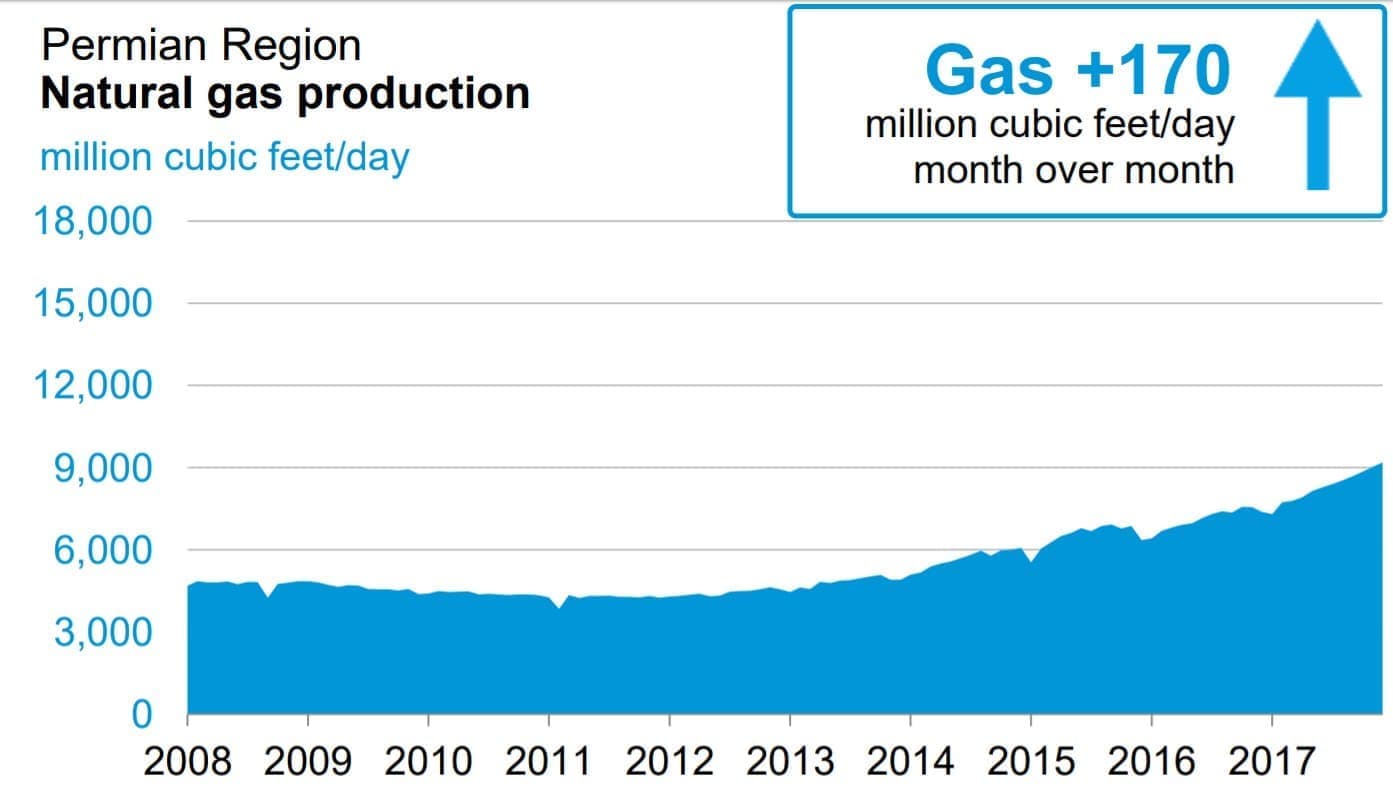In recent months, pipeline capacity shortage in the Permian has been the center of shale drillers and oil analysts’ attention as much as the surging production from this fastest-growing U.S. oil region that has helped total American crude oil production to exceed 11 million bpd for the first time ever.
Many of the big U.S. companies—including supermajors Exxon and Chevron—boosted their Permian oil production in the third quarter as they have firm capacity commitments and integrate Permian production with downstream operations.
Many smaller drillers, however, are going on a ‘frac holiday’—as Carrizo Oil & Gas said in its Q3 earnings release this week—in some of their Permian acreage by the end of this year, to sit out the worst of the pipeline constraints, and to be ready to return to completions next year.
The majority of company executives and industry analysts expect that the Permian bottlenecks and the wide WTI Midland to Cushing price differential are transitory issues that will go away by the end of 2019, when many of the new pipelines out of the Permian will have started operations.
Until then, some smaller drillers like Carrizo are on a ‘frac holiday’ this month and next. Commenting on the Q3 performance, Carrizo’s President and CEO S.P. “Chip” Johnson said that the company had been drilling more in the Eagle Ford than in the Permian in order to capture higher pricing from the Eagle Ford oil.
“We expect our activity to remain weighted to the Eagle Ford Shale until the second half of 2019, when we plan to begin moving rigs back to the Delaware Basin,” Johnson said. In the earnings call, he noted that the shift to the Eagle Ford “shielded us from the dramatic widening of differentials in the Permian Basin during the quarter.”
…click on the above link to read the rest of the article…





















